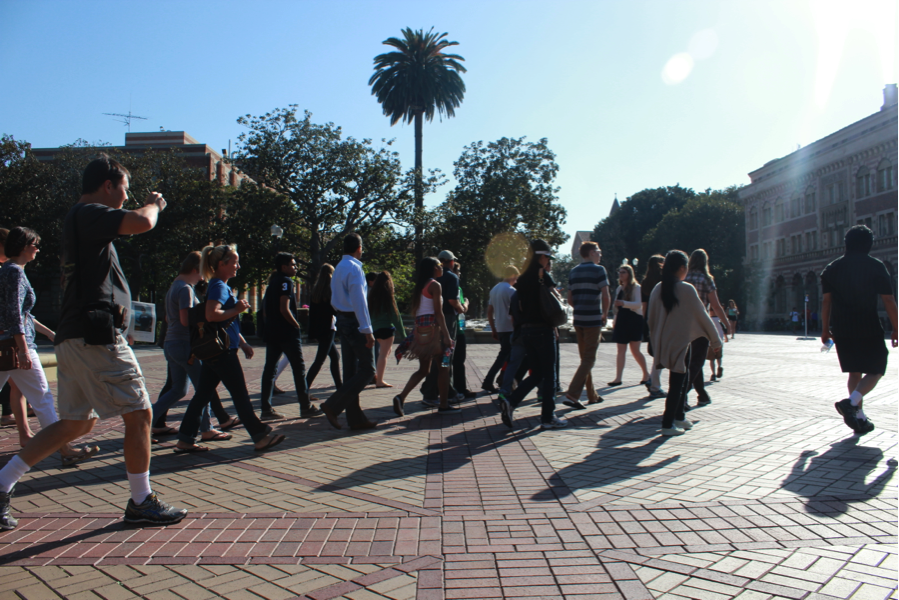
Changes to the SAT, which will be implemented in Spring 2016, claim to make the test more accessible and might bring more to highly-ranked universities, such as USC. | Jordyn Holman
Whenever the SAT gets revised, controversy trails close behind, especially regarding fairness across the board for test-takers from all backgrounds. Many educators have criticized the newest iteration of the test College Board announced this month, which is set to go into effect in two years. But some veteran educators are saying the revamped version holds promise.
Jennifer Hollie, who runs the college prep program for the Challengers Boys and Girls Club in South Los Angeles, feels optimistic about what the new format portends for students from disadvantaged communities.
“For [the College Board] to change the way the SAT is being written is a positive change,” said Hollie, who assists high school students from underserved communities with the college admission process by involving them in comprehensive programs.
“Even with my master’s degree I don’t always understand the words that they’re giving,” she said.
The revisions to the SAT include the elimination of obscure vocabulary words and the penalty for guessing wrong. It will also adapt the essay, which became mandatory in 2005, so that it is an optional test component, according to a College Board press release. The new SAT will have three sections, including reading and writing, math and the optional essay. It will be scored out of 1600 instead of 2400 points. [Read more…]










 By John Hankey
By John Hankey




